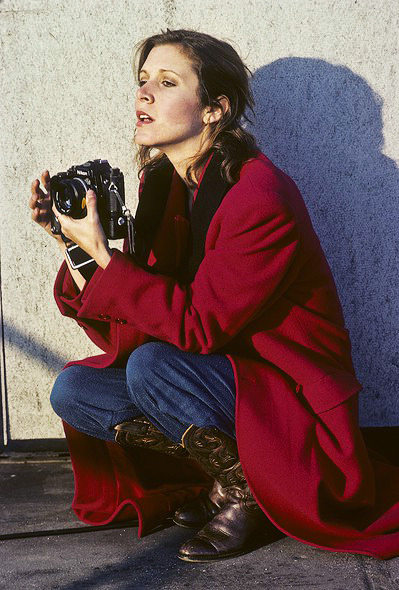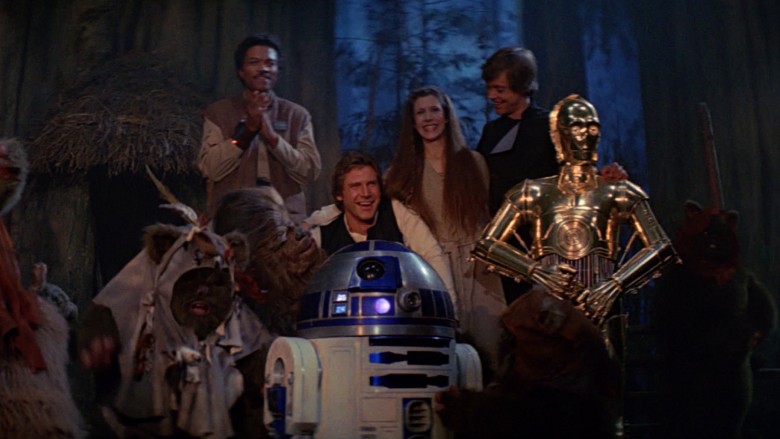There used to be a mansion down the street from my house when I was a boy.
Well, it seemed like a mansion to me. Really, it was just a large, old two-story home that stood in a prominent location near the main intersection in town, back when there was only one intersection in this town that really counted for anything, the one everybody referred to as “the red light.” The red light, the only one in town, the traffic semaphore that switched to a flashing mode late at night instead of cycling through the green-yellow-red sequence for an empty street. When giving directions, you’d say things like, “Go down to the red light and hang a left… ” I still remember what a big deal it was when the town’s second traffic light was installed a half-mile to the east. That happened when I was ten or twelve maybe, and it felt like a seismic change. Yeah, I really did grow up in a small town. Me and John Mellencamp.
That old house, though… it was grander and showier than the humble bungalow where I lived, or any of the other assorted bungalows and farmhouses on the street, so naturally I thought it must be some kind of mansion. It had a short wrought-iron fence out in front, more decorative than functional as you could hop over it easily enough, but you had to be careful of the spikes on top. None of the other houses I was familiar with had one of those. More evidence of mansionhood. And then there was the tree in the front yard. An immense pine tree, taller than the house itself and probably as old. A century tree, surely, one of those serene giants that you wish could tell stories of all the history it had witnessed.
The house and its great tree were surrounded by the town’s business district, such as it was back in the 1970s and ’80s: a bank with multiple drive-through lanes to the north, a mansard-roofed single-story commercial building to the south, a rock-clad dentist’s office and grocery store behind it, to the west. Across the street to the east, a row of brick buildings that looked like places Bonnie and Clyde might once have robbed if their reign of terror had extended to Utah.
I don’t remember anyone living in the house even when I was very young. At some point in the ’80s, it was converted into a restaurant space, first a fine-dining establishment that didn’t last long — a misjudgment of the market — and then a Chinese takeout that did considerably better. Or maybe the Chinese place came first? I honestly can’t recall anymore. Eventually, I think it became a realtor’s office for a few years. I think. It irritates me that I no longer have perfect recall of this stuff. But I clearly remember the tree… in a sense, that tree was the town’s mascot, visible from the intersection no matter which direction you were coming from. It was also the town’s communal Christmas tree.
Every December, a truck with a cherry picker would snuggle up alongside it and workers would hang strands of big light bulbs vertically down the tree’s body, surrounding the evergreen in stripes of color. I’ve never seen another tree in another town festooned in quite the same way. It was ours, that tree, our town’s, a point of civic pride. It was like an old friend, the first thing you saw that welcomed you home after you’d been away. And it was beautiful. I loved that old tree, especially in snowy years when the branches would become caked in white and the bulbs glowed beneath, suffusing the snow with soft color.
There was one night in particular… I was in my twenties, driving home from my movie theater job. I was running projectors by then, so my nights were late, late enough that I had the intersection all to myself. Conditions were bad. It’d been snowing for hours, the roads were packed and slick, and a fierce wind was hurling flumes of snow past my windshield. They looked more like ragged puffs of smoke than collections of distinct snowflakes. The old tree was mostly invisible in the storm, just a dark mass obscured by all the blowing white, but the light strands were still visible, the points of color glowing defiantly, the vertical lines of them rippling in that wind as if they were underwater, as if they were tall columns of sea weed being stirred by an churning current.
My long-time readers know I’m not especially fond of Christmas, not since my teens anyway. It was different when I was a little kid. But once I grew up past a certain point, the season started tending to fill me more with anxiety than any sort of contentment. Right then, though, at that moment, sitting alone in a chilly car with all the sounds of the outside world muffled except the whooshing of the implacable wind, watching the sea-weed strands of colored lights, I had a rare moment of peace. I might have even smile a bit.
I sat and watched that hypnotic motion of the lights for a long time, long enough that someone behind me would’ve started honking if anyone else had been stupid enough to be driving in that mess. But there was no one there but me. Me and the lights and the snow and that old tree in the middle of those old commercial buildings. As Springsteen once declared in a pensive growl, my home town… this is my home town. Mellencamp and Springsteen in one essay. Who saw that coming?
Then came another evening evening when I was driving home and the tree was gone.
It was removed without any announcement, cut down by unsentimental workmen, chopped up, run through the chipper, and trucked away in the course of a single day. It had been there that morning, and by evening there was only a pile of mulch and a depression in the ground to suggest it had ever existed. A hundred years of life, of witnessing the lives around it, gone in a single day. My heartbreak was as keen as if I’d lost a relative. Something died that day besides just a tree. My home town was never the same again.
The old house I used to think was a mansion still exists, but not in that location any longer. It was moved some years ago… sawed free of its foundation, jacked up and placed on a trailer, hauled a mile or so away. It’s on a quiet cross-street now, alongside the town’s old cemetery — as opposed to the new one on the other side of town — and after all that effort to save it for posterity, it’s now serving as a Montessori school. They put a Taco Bell on the site it used to occupy, over there in the center of the old business district. The Taco Bell didn’t last; the building is still a Mexican fast-food place, but now it’s a local chain.
All the commercial buildings that used to surround the old mansion are gone, replaced by different commercial buildings and a much enlarged intersection. The two-lane road that used to run past the town Christmas tree is now a full seven-lane highway. Surprisingly enough, the Chinese takeout that started in that old house with the giant pine tree in front is still around. It’s situated in a strip mall on the other side of the red light where it’s been for 30 years.
And of course… I’m still here too.
It’s raining, not snowing, as I write this on the night before Christmas Eve. And there’s precious little left of the town I grew up in. Nothing looks remotely the same anymore. But as the traffic has died down tonight and the house has grown quiet around me and I’ve started to feel the solitude pressing in against the windows, I’ve found myself feeling something like the way I did that other night so many years gone when I sat at the red light and watched the town Christmas tree dance with the wind. I miss that time, all those simpler, smaller, quainter times. Those ghosts of Christmas (and summer and fall and all the other times of year) past. I don’t think I’ll ever stop missing them.
Merry Christmas, everyone.




